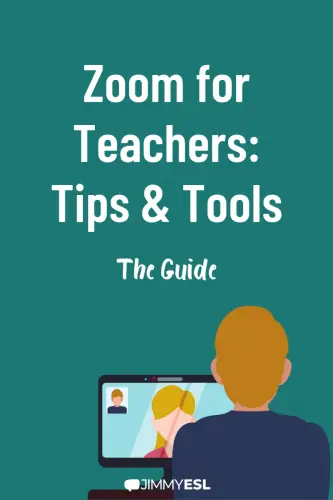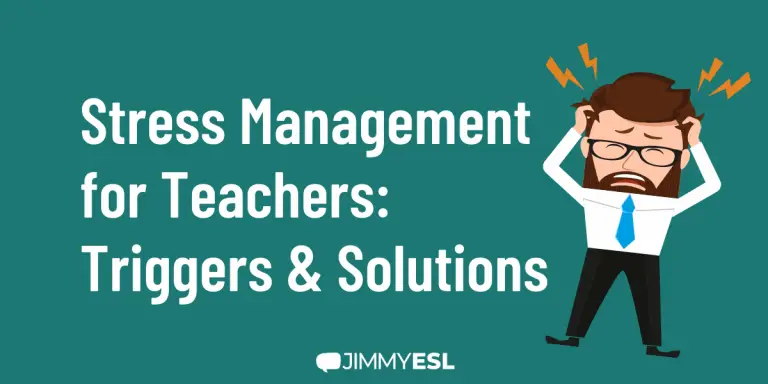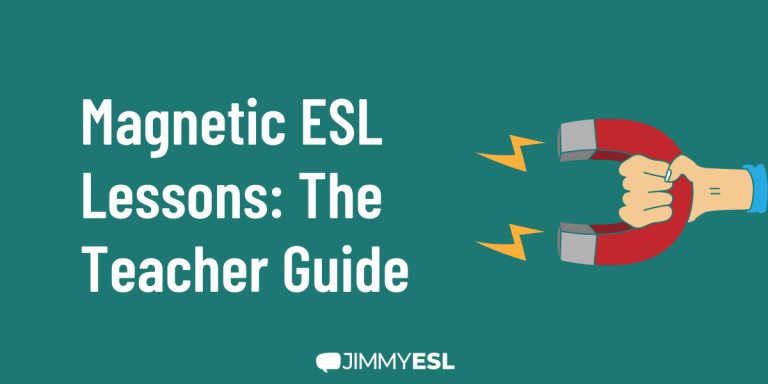The Best Zoom Tips & Tools for Teachers
In the so-called “new normal” we’re all living now, where physical distance has become a sheer necessity, the popular application Zoom is rapidly gaining popularity. It is very practical for meetings and conference calls, and nonetheless effective for online teaching and distance learning.
The change from physical to online has been challenging for even the most tech-savvy teachers, so it’s very important to share information on digital teaching tools to improve both teachers’ and students’ experiences in the virtual classroom.
Read on and learn more about our Zoom guide for teachers that includes essential tips and tools that will make your life easier and faster.
Zoom Guide & Instruction for Teachers
You can use Zoom in many different ways, so you can choose to stick to the app’s basics and adapt it to your and your students’ needs and skills, or you can always explore its new extensions and learn new ways to use it.
Here are some of the essential functions of how teachers can use Zoom most effectively.
Schedule a Meeting
After you’ve signed up for Zoom, you can schedule a meeting. There are two ways to do it.
First, use your personal meeting link that never changes in a personal meeting room for staff or office hours. Also, you can use this link to host sessions with your colleague teachers. This is a great option for one class section and in case anyone enters your Zoom room when you’re unavailable, their access will be denied.
Second, if you have multiple classes, I recommend you to schedule a unique meeting to prevent students from dropping in during classes. You can do that by using the dashboard.
Friendly reminder: Make sure you send your invitations on time, and that the subject line is easy to understand. Always double-check the date.
Teach Live Lessons
If your class doesn’t encounter any technology or internet connectivity issues, you can easily have live lessons and perform remote activities together with your students at a scheduled time.
Record and Share Lessons
Use the recording feature and create video lessons that you can share with your students who weren’t present in class or have unreliable internet at home.
Mute Microphone and Video
Sometimes it can be even harder to control the atmosphere in the virtual classroom. In order to make sure that while one person is speaking, the rest of the students are listening, as a host, you can mute the microphone of all students, or turn off the video when needed.
- Go to the ‘Manage Participants’ option.
- Select ‘Mute All.’
- The shortcut to mute the microphone is Alt + A or Cmd+Shift+A.
- The shortcut to turn off the video is Alt + V or Cmd+Shift+V.
Chat (Personal and Public)
In the Zoom chat, students can send a message to the entire class and the teacher. There is also a private chat which you can’t view (something like when they’re passing notes to other students in class when you’re not looking :) You can also disable this feature for students.
Share Screen
When a person shares their screen, the entire class can view it and even leave annotations. As a teacher, you can restrict these functions by disabling the annotation and allow screen sharing only for you.
Waiting Rooms
Students can be held in a virtual lobby and you can admit them one by one to make sure no intruders enter class. You can manage this option in the settings.
Zoom Tools and Tips for Teachers
As the current standard for video streaming for remote teaching and learning, Zoom offers many tools and features that focus on improving the teacher’s experience of Zoom.
Here are some additional great Zoom tools for teachers:
Breakout Rooms
The Breakout rooms allow you to split your Zoom meeting or online class into many separate sessions (up to 50). So for certain activities, you can split students into smaller groups or meet them individually and then meet the class together again, after the group work is finished.
This is how to do it:
- Enable breakout rooms in Zoom.
- Before class, pre-assign the students of the small groups.
- Assign them during class or use the option to have Zoom randomly break the class into groups.
Whiteboarding
This is an excellent feature for group projects or just to launch your warm-up with brainstorming at the beginning of class. Students can draw or write on the whiteboard. This is a great way to make classes more interactive.
The “Flipped Classroom” Model
Teachers that opt for this online teaching model, assign the new material to students to learn it individually and then clarify information and practice it during class. Prepare activities that will engage students to apply new knowledge and encourage brief Q & A sessions on the new material.
Show-and-tell Time for the Younger Students
Young elementary students can’t pay long attention to video online classes, however, it is important to make them feel the communal spirit of the classroom. Schedule days when they can see their classmates, enjoy reading time, share stories, show toys or drawings etc.
Virtual background
Yeah, messiness has become a new normal within the new normal of many of us teachers. Luckily, Zoom got us covered! Use the feature for changing your background and avoid the stress about the way your bedroom or office looks.
Just make sure you use something that will not distract students and always test before class to prevent any unexpected fails. Also, you can change the background to a theme that matches the day’s topic of your class. For example, melting icebergs for a lesson on climate change.
Turn off File Transfer
Young students especially use the chat to get distracted in online classes. If you disable the file transfer, students won’t be able to share GIFs, memes or any other files during class. This will help them to stay focused and is a great way to set rules in online classes.
Reactions & Nonverbal Feedback
Just like in regular classes, students can express reactions and engage directly in class. They can use the icons of this feature and raise a hand when they have a question, clap, disagree or ask the teacher to speak slower or faster. Use these functions to engage your students to participate in class.
Wikipedia Search
This is a chat app that is very practical for classes that include research on the spot. You and your students can search for Wikipedia articles directly from the Zoom chat channels and share them with each other.
Link Your Google Calendar to Your Zoom Account
One of the best ways to stay organized and to keep track of all your appointments and your schedule is to connect your Google Calendar with your Zoom account.
- Log into your Google Calendar, go to “Settings” and choose “Gett adds”.
- In the pop-up tab look for Zoom for GSuite and confirm the installation of the app.
- Create an event in your calendar and select Zoom as the option for the call.
- An ID and a password will be automatically generated for your call that you can easily copy.
Connect Zoom to Slack
This is another great way to improve your organization while multitasking as usual. Considering that Zoom and Slack are apps used by most professionals worldwide, it is very practical to connect them and have your task schedule and appointments always at hand.
- Log in to both Zoom and Slack via the same email.
- Enter Zoom, then find the Slack app in the Zoom Marketplace and install it.
- Search for more useful options in Settings.
To be continued…
The popularity of Zoom inspires regular updates and extensions of the app. Some of its tools are features of the platform itself but there are also external apps that can be connected to Zoom.
Online teaching requires exploring alternate approaches in teaching and learning, therefore, it is very important that teachers stay up to date with the new technologies to make their lessons fun and appealing.
Don’t forget to check this post again in months and see what’s new!







